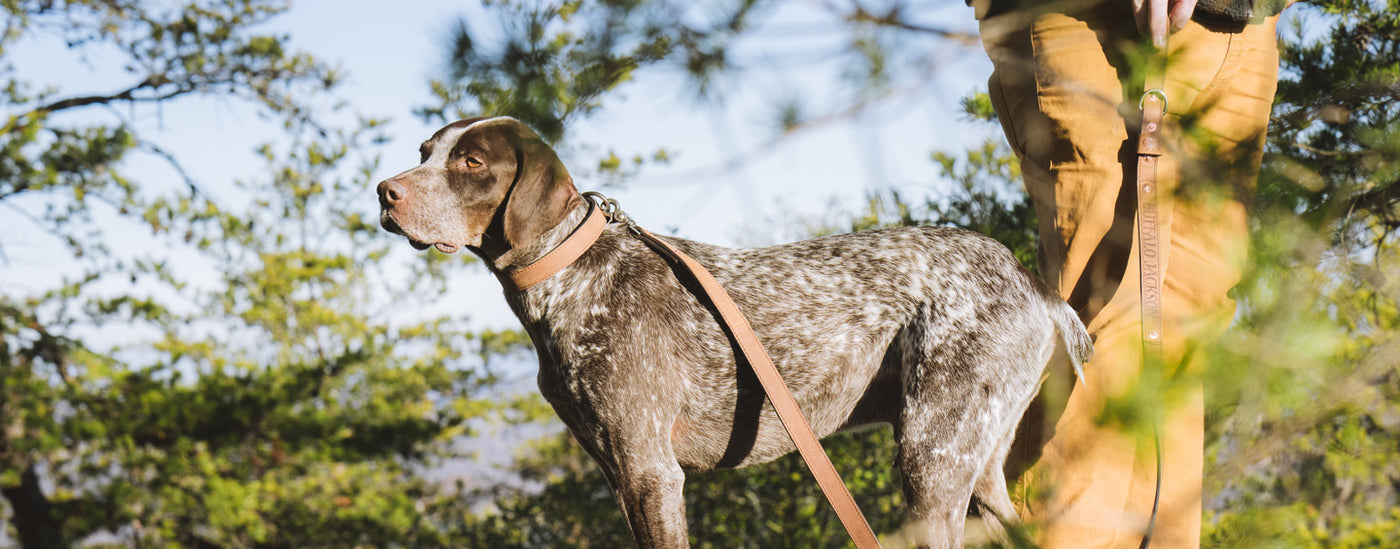Your Cart is Empty
You are $99.00 away from free shipping!
Your Cart is Empty
You are $99.00 away from free shipping!

Backpacking with dogs is a fantastic way to bond with your dog while you enjoy nature together. Dogs naturally live in the “here and now”—so backpacking with dogs means you have a solid anchor to the present. (When you’re on the trail, being fully present in the moment is a good thing—on many levels.) But, before you set out to blaze trails with your four-legged friend, be sure to consider these essential tips for backpacking with dogs.
Research your trail options thoroughly. Are dogs allowed? Dogs are generally not allowed on trails in National Parks, however, the surrounding lands (like National Forests and State Parks) tend to be much more dog-friendly. Once you’ve confirmed that the trails are dog-friendly, consider the trail length and difficulty. Be realistic about your dog’s current fitness level, and take this into account.
Backpacking with dogs doesn’t have to feel like an Olympic undertaking—but practicing at home first can help everyone (safely) enjoy the hike much more. First, for conditioning purposes (especially if you’re starting out with a canine couch potato). Dogs need to work up to elevation and mileage just like people do. But also, your dog needs the chance to adjust to any gear. Will your dog be hiking with a dog pack? Practice walking your dog while she wears her pack. Same goes for booties if she’ll need to wear them on rough terrain. (Surfaces like shale or lava rock can get too hot or be too rough for your dog’s unprotected feet.)
Be sure your dog gets enough water and nutrition while backpacking. Offer him water every time you stop. When backpacking with dogs, it’s important to watch for signs of overexertion or dehydration. (An overly dry nose can be an initial sign of dehydration.) Keep an eye on your dog’s breathing, pace, and overall mood to gauge how he’s doing and if you need to adjust your course or pace.
Yes, Leave No Trace principles apply to dog poop. You will need to either bury their poop (just like human waste) or pack it out in poop bags. Be prepared with a small poop shovel and/or extra waste bags. Do not bag it and leave it on the trail to pick up on your way out. This is poor form when it comes to trail etiquette, and the bag will most likely be forgotten and left behind.
Educate yourself in basic canine first aid. (A quick online search will give you lots of helpful info, and your vet is, of course, an important resource.) Also, be prepared to check for (and remove) ticks. Be sure to inspect between the pads of your dog’s feet for thorns or other debris. And if your dog has long hair, a brush and scissors can help if brambles or other debris get tangled in her coat.
Whether you’re planning a day hike or a full weekend excursion, adding your best furry friend to the mix is sure to increase the enjoyment and the adventure. So get out there, embrace the adventure, and be sure to check out our collection of leather dog products and backpacks and rucksacks, crafted with you in mind.
Orders shipped to Canada may be subject to import duties, tariffs, and taxes charged by Canadian customs. These fees are not included in our prices or shipping costs. You will be responsible for any additional charges upon delivery. Please review local customs regulations before placing your order.

